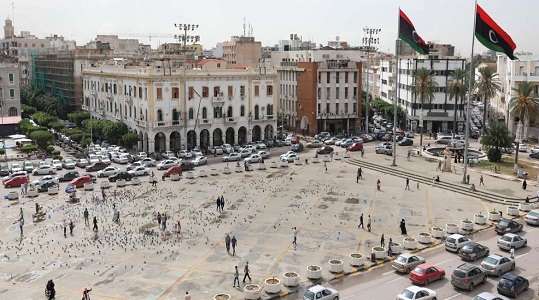The "Competitiveness of Arab Economies" report for 2022 revealed that Libya's average official reserves are sufficient to cover its merchandise imports for 41.3 months, compared to 56 months before 2013.
The newly released report by the Arab Monetary Fund showed that reserves are an indicator of the strength of the state in covering its imports of goods and supporting the exchange rate of its local currency.
The average size of Libya's reserves during the study period covered by the report was about $ 73.4 billion, while at the end of 2022; it reached more than $ 84 billion.
Libya's ranking improved in the General Competitiveness Index of Arab Economies, which monitors the years 2018-2021, with Libya ranking 14th from 16th place, because of reforms in the macroeconomic and business environment, and infrastructure development.
According to World Bank data, Libya ranks first in Africa in terms of holding foreign exchange reserves. In a recent report, the International Monetary Fund predicted that the Libyan economy would achieve rapid and significant growth rates in 2023, driven by high oil and gas production. The IMF expected Libya to achieve a growth of 17.9% in 2023, the highest rate at the Arab level.
The hydrocarbon sector forms the backbone of the economy, with oil exports accounting for the majority of government revenues and more than 95 percent of export revenues.
Source (Al-Araby Al-Jadeed, Edited)

